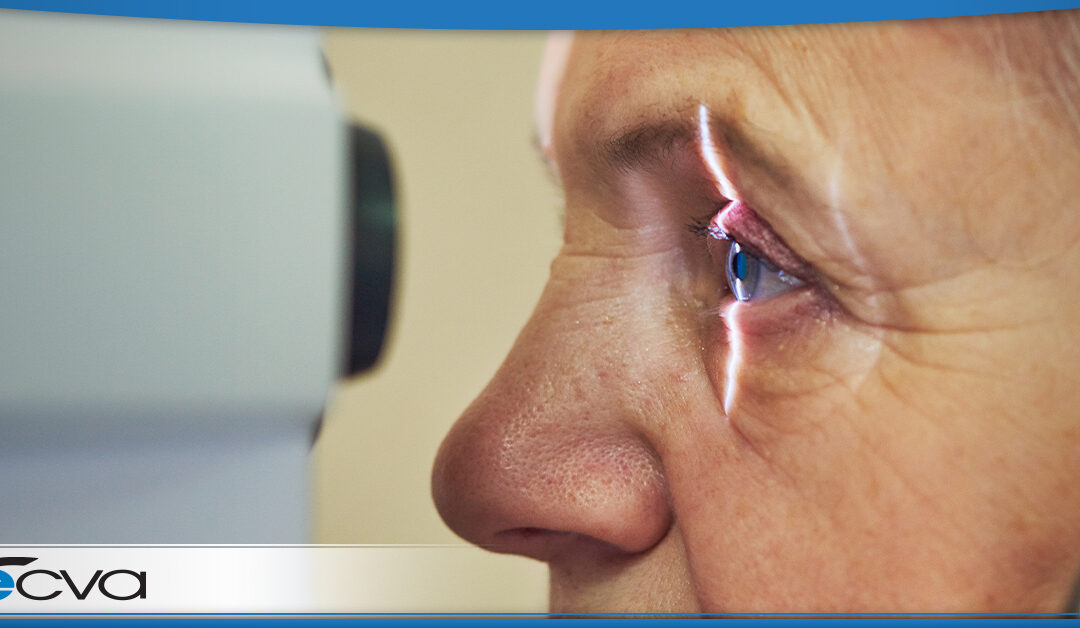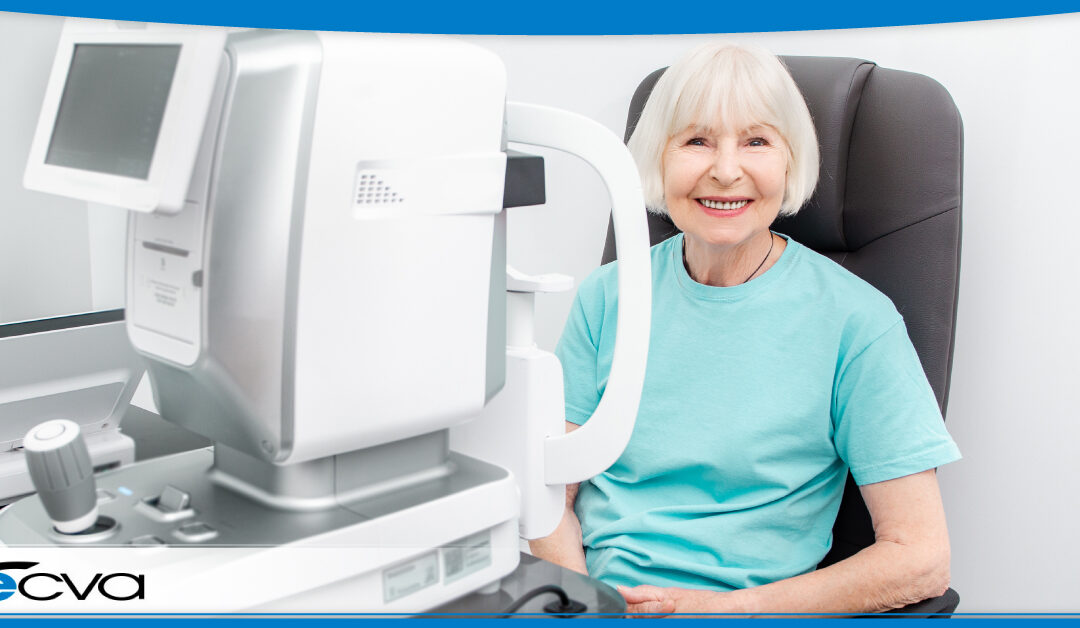
by ecvaeyeadminz | Jan 18, 2024 | Cataracts, Glaucoma
Both cataracts and glaucoma can rob a person of their vision, and the conditions can occur concurrently. For patients with cataracts and glaucoma, combined cataract and glaucoma surgery is often enticing. During the procedure, your eye care provider addresses both...

by ecvaeyeadminz | Jan 4, 2024 | Glaucoma
After a glaucoma diagnosis, finding a suitable treatment is crucial for preserving visual acuity. Glaucoma causes pressure to rise in the eye, and when that occurs, damage to the optic nerve can harm a person’s ability to see, potentially leading to permanent vision...

by ecvaeyeadminz | Dec 21, 2023 | Glaucoma
Effective glaucoma treatment is critical for preserving a patient’s vision. Glaucoma is chronic and progressive, and without proper treatment, it robs patients of their vision. Globally, glaucoma is the leading cause of blindness, but it is possible to slow its...

by ecvaeyeadminz | Dec 7, 2023 | Glaucoma
Glaucoma is a chronic and progressive eye condition that’s also the leading cause of blindness in the world. Damage occurs as intraocular pressure (IOP) builds, which harms the optic nerve, causing irreversible vision loss. Traditional glaucoma treatments usually...

by ecvaeyeadminz | Nov 9, 2023 | Glaucoma
To put it simply, a glaucoma diagnosis is intimidating for many patients. Glaucoma is a leading cause of blindness. While there’s no cure for glaucoma, there are treatment options designed to help preserve your vision, including Durysta. Durysta is a newer treatment...

by ecvaeyeadminz | Oct 26, 2023 | Glaucoma
About three million people each year in the U.S. live with the disease called glaucoma. One-half of these people don’t even realize they have the disease. Over time, glaucoma can degrade the eye’s function and even cause blindness. That’s why an annual eye exam...







